Marketing can make you believe that a car can turn you into a racecar driver or an off-road adventurer. But sometimes, the promise is just too good to be true. Over the years, automakers have tried to sell us dreams, only for reality to slap us in the face once we get behind the wheel. Here are 25 cars that didn’t quite deliver what their marketing campaigns promised.
Pontiac Aztek (2001-2005)

Pontiac marketed the Aztek as the ultimate adventure vehicle, perfect for rugged explorers and weekend campers. General Motors hyped it as a revolutionary “sport recreational vehicle” (SRV) that blended SUV ruggedness with minivan practicality. It even came with an optional tent attachment! But in reality, it was a Frankenstein’s monster of bad design, questionable build quality, and uninspiring performance. Instead of conquering the outdoors, it became a rolling punchline and a cautionary tale in car design.
DeLorean DMC-12 (1981-1983)
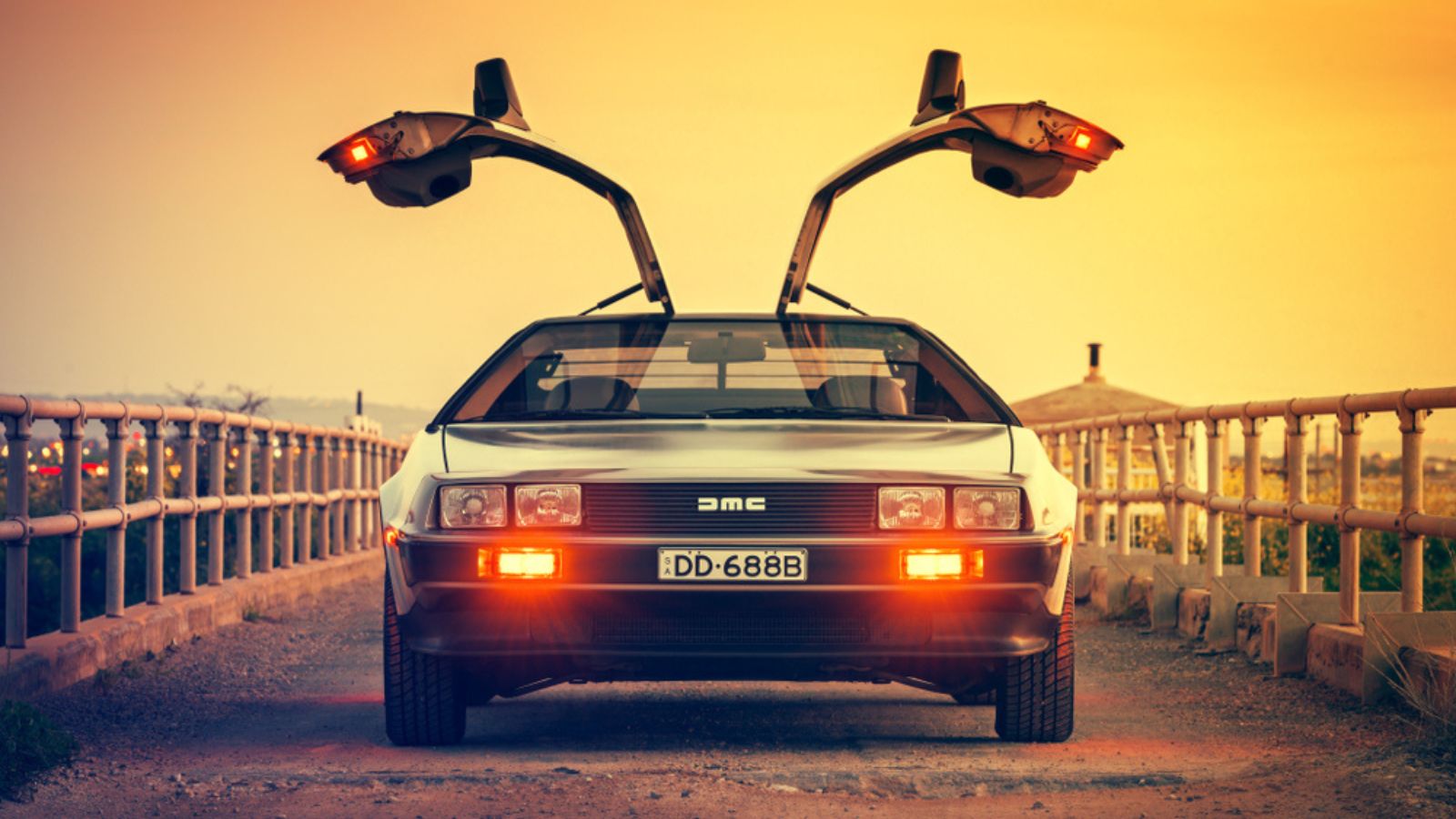
Thanks to Back to the Future, the DeLorean is an icon. Sold as a futuristic, high-performance sports car, it was anything but. Advertised with a projected 200-hp engine, it limped out of the factory with a 130-hp Peugeot-Renault-Volvo (PRV) V6, struggling to hit 0-60 mph in 10.5 seconds, slower than many sedans of the era. Also, the “gullwing doors” hype ignored their heavy, fragile nature and the cramped interior. A total of 8,975 units were built before the company imploded.
Jaguar X-Type (2001-2009)
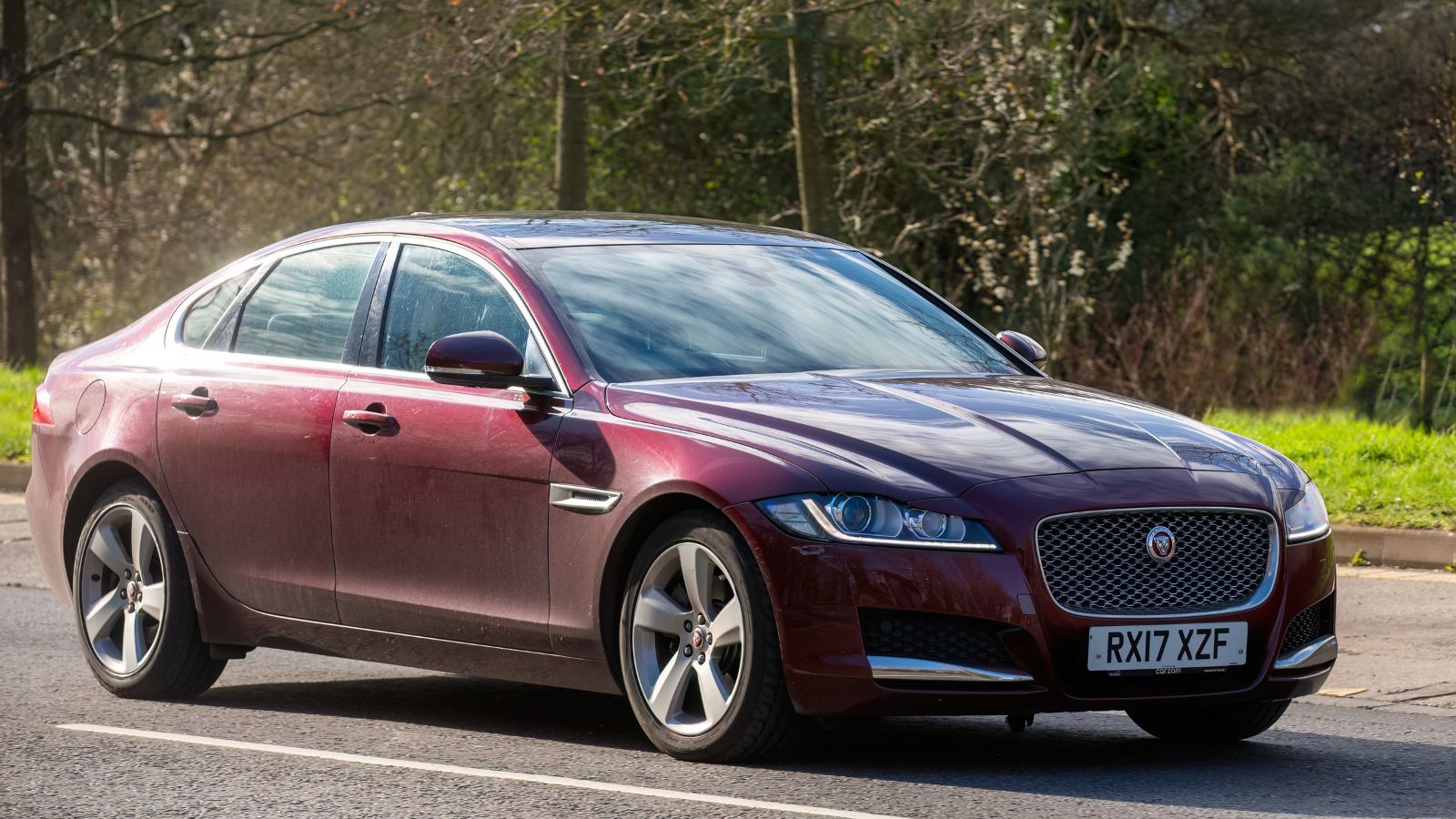
Jaguar promised a luxurious, entry-level Jag to take on the BMW 3 Series. But, built on the Mondeo’s front-wheel-drive platform (with optional AWD), the X-Type borrowed heavily from Ford’s parts bin, including its suspension, engines, and dashboard switches. While Jaguar’s marketing pushed it as a “true Jaguar,” purists scoffed at its lack of an inline-six or V8 option, starting instead with a 2.5L or 3.0L Duratec V6 (both shared with Ford).
Ford Pinto (1971-1980)
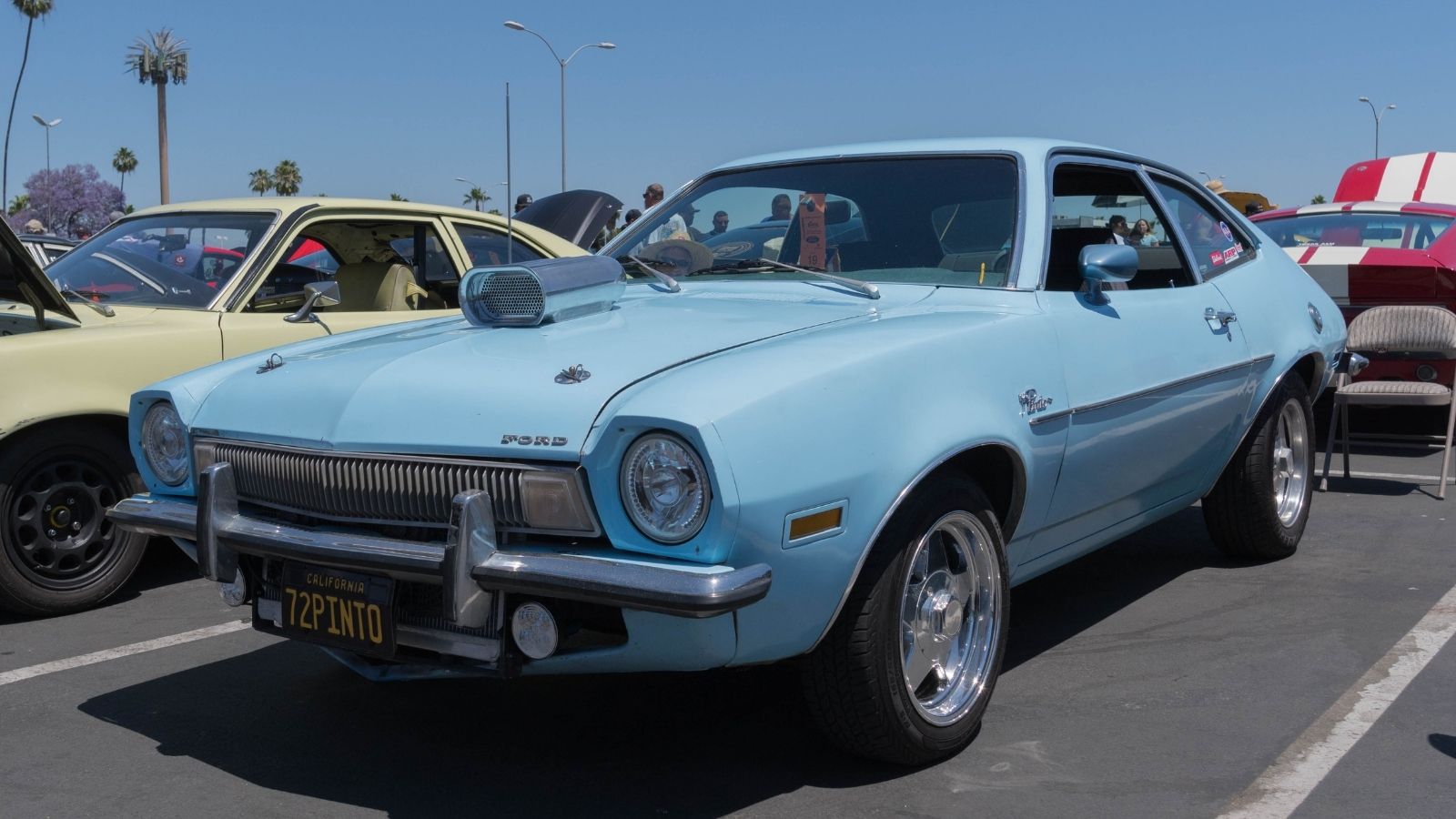
Ford sold the Pinto as an affordable, fun compact. But what they didn’t advertise was its tendency to explode in rear-end collisions, thanks to a poorly placed fuel tank. The infamous “Pinto Memo” coldly calculated that burned victims’ lives were worth $200,000 each, a PR and ethical nightmare. Although Ford eventually recalled 1.5 million Pintos in 1978 under public pressure, the damage was done. The Pinto symbolized corporate greed over consumer safety, proving that clever marketing can’t outrun physics or lawsuits.
Chevy Citation (1980-1985)
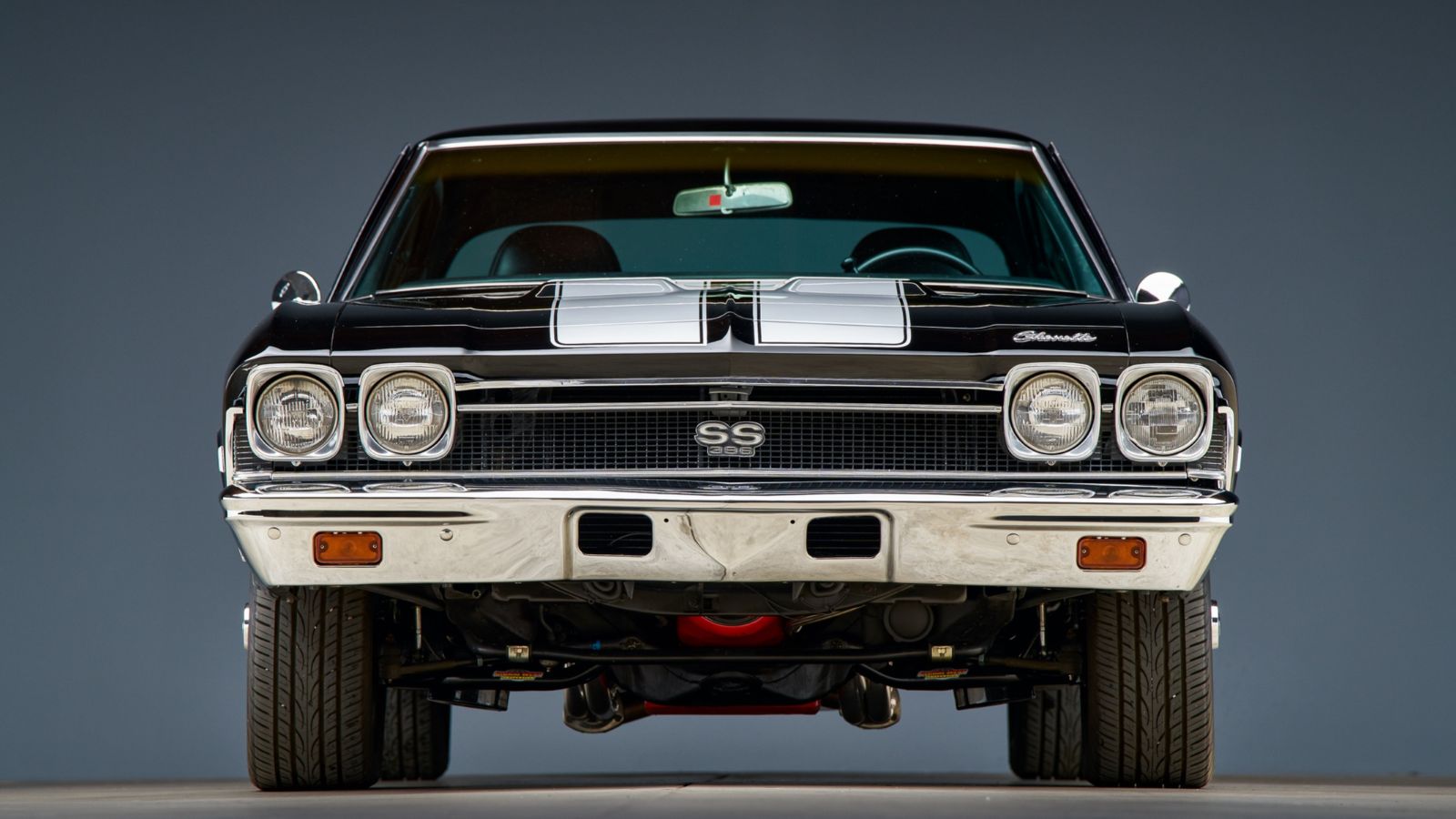
The Chevrolet Citation (1980-1985) was GM’s bold attempt at a revolutionary front-wheel-drive compact, but it became a textbook case of marketing deception. Launched as a futuristic, fuel-efficient alternative to bloated ’70s sedans, Chevy hyped it as “The first Chevy of the ’80s,” promising better mileage, space, and reliability. Instead, the Citation quickly gained notoriety for shoddy build quality, brake failures, and rust issues. The name was appropriate, considering the number of recalls and complaints generated.
Hummer H2 (2002-2009)
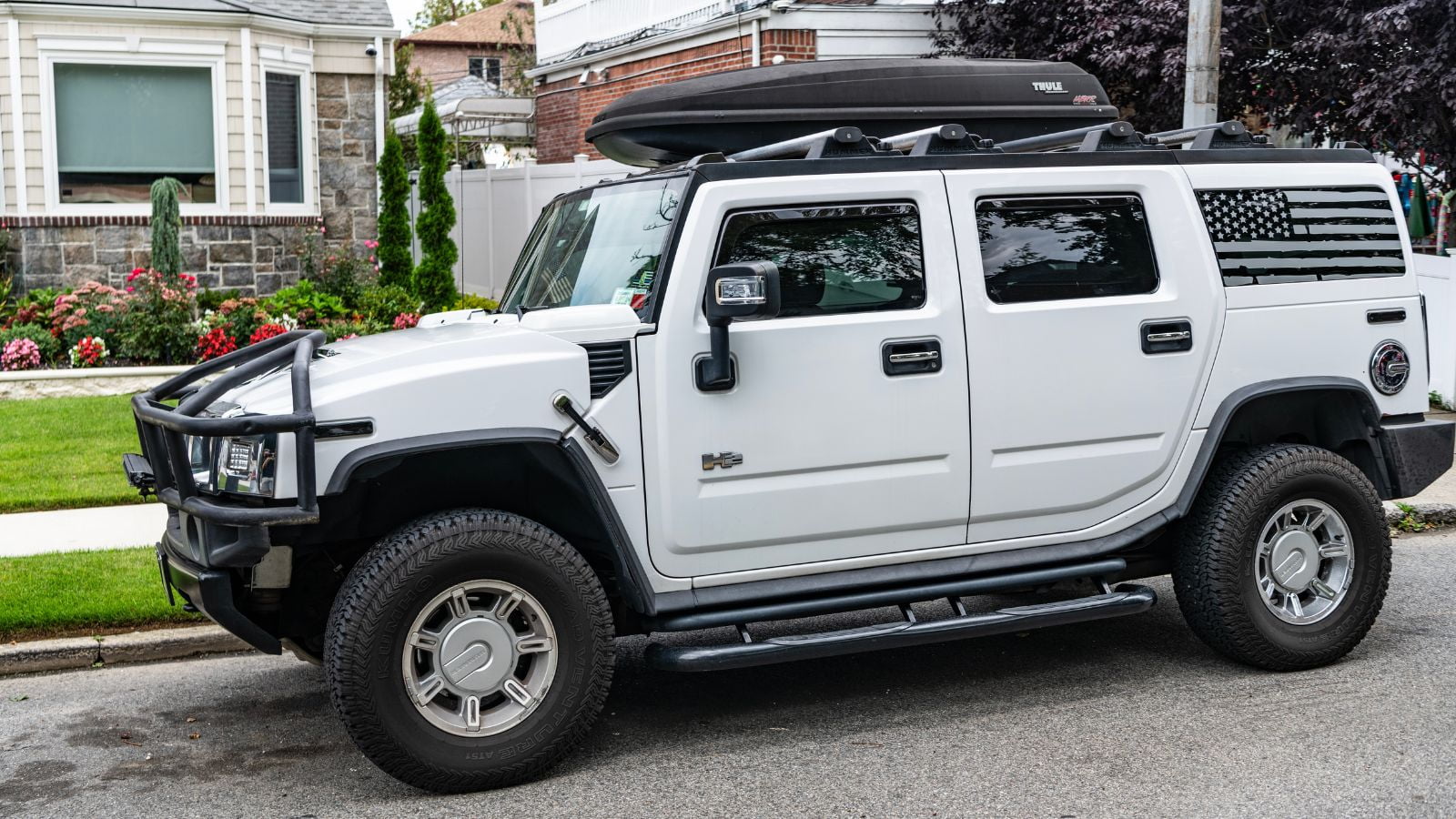
The Hummer H2 (2002-2009) was one of the greatest marketing deceptions in automotive history. Marketed as a rugged, military-grade off-roader like its predecessor, the H1, the H2 was, in reality, a dressed-up Chevy Tahoe with a bloated price tag. Despite its aggressive styling and “unstoppable” image, it was also mechanically unremarkable. It was built on GM’s GMT820 platform and shared with the Chevrolet Suburban and Cadillac Escalade. Also, its off-road ability? It is decent but nothing extraordinary, thanks to the independent front suspension and excessive weight (6,400+ lbs.).
Plymouth Prowler (1997-2002)
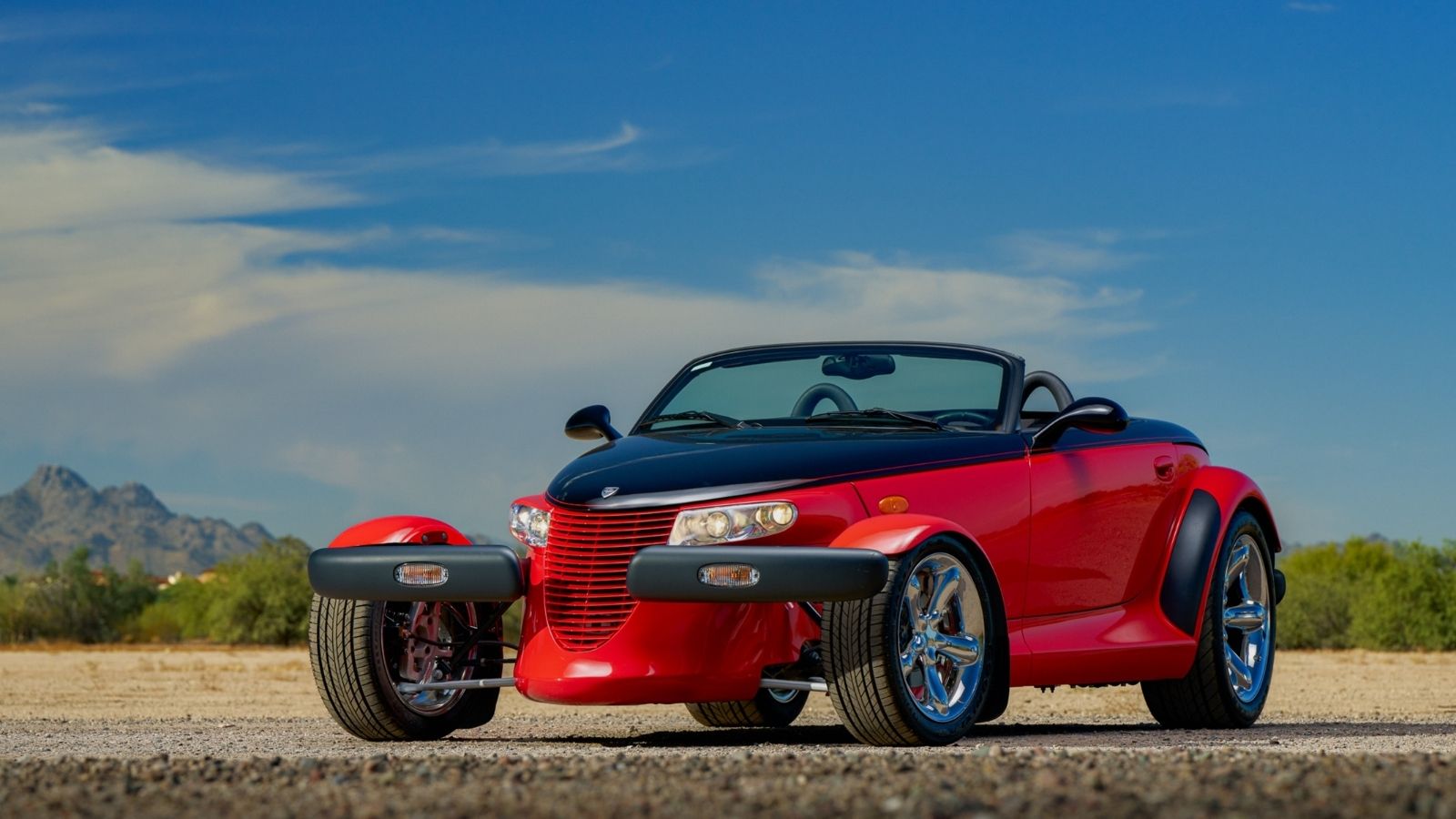
The Plymouth Prowler (1997-2002) was a stunning case of automotive catfishing. Chrysler hyped it as a hot rod reborn, a factory-built street rod oozing attitude. It certainly looked the part with its open-wheel front suspension, teardrop body, and aggressive stance. But under the hood? A 3.5L V6 producing a pedestrian 214-253 hp, mated to a four-speed automatic, a powertrain more fitting for a Chrysler Concorde than a muscle-bound street machine. Chrysler even admitted the Prowler was an exercise in design rather than performance.
Tesla Roadster (2008-2012)
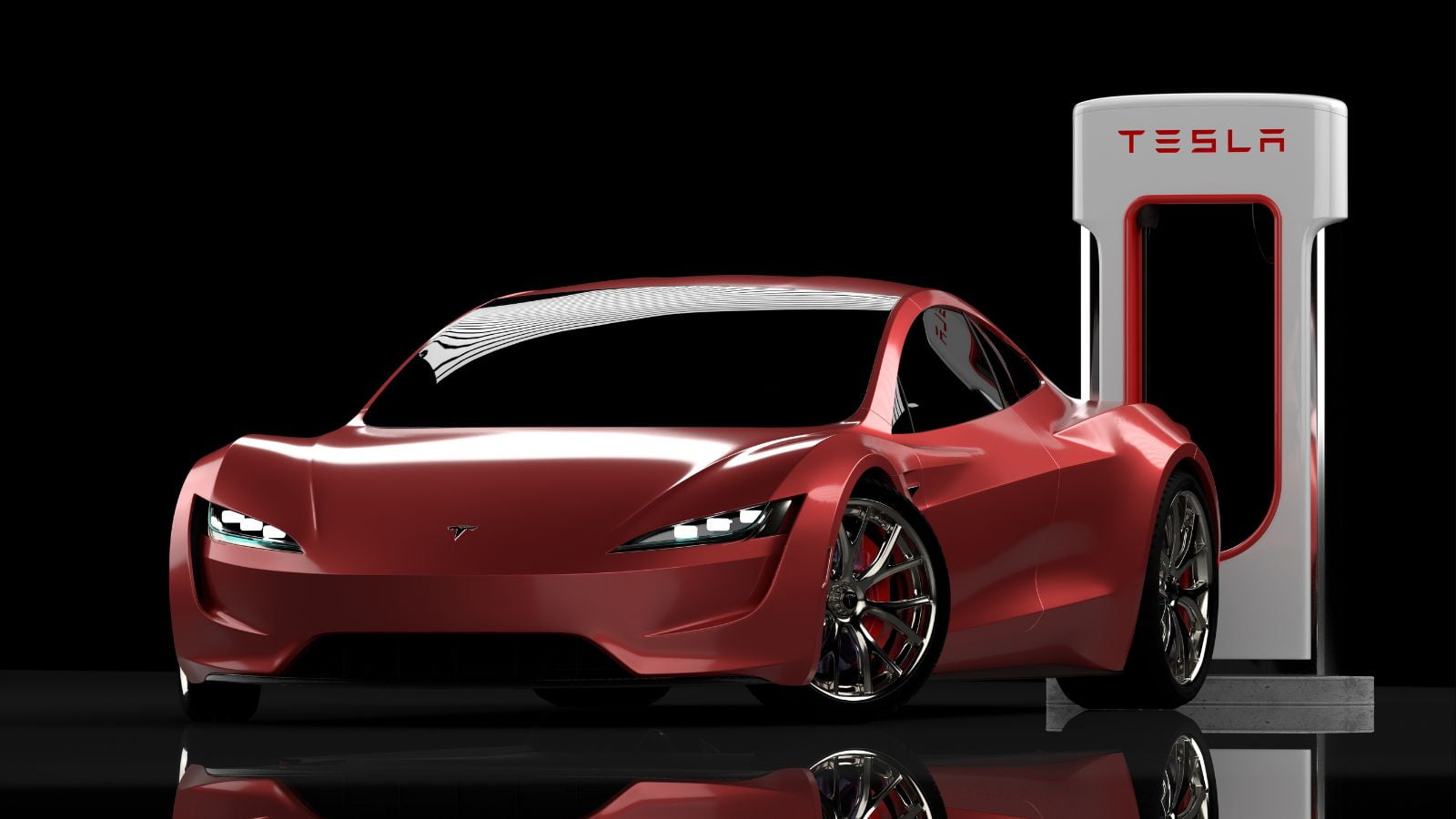
Tesla claimed it was “the first electric sports car,” yet it was heavily based on the Lotus Elise, with roughly 6% of parts unique to Tesla. The range was advertised at 244 miles (EPA), but real-world driving often resulted in far lower figures, especially under spirited driving. Charging infrastructure was nearly nonexistent, making long trips unrealistic. Tesla also boasted 0-60 mph in 3.9 seconds, which only applied in ideal conditions with a fully charged battery. Still, it laid the groundwork for Tesla’s future success.
Cadillac Cimarron (1982-1988)

The Cadillac Cimarron (1982-1988) is one of the most infamous examples of automotive badge engineering gone wrong. Marketed as a luxury compact, it was, in reality, a thinly disguised Chevrolet Cavalier, a J-body economy car sold at a premium price. Cadillac attempted to pass off the Cimarron as a proper luxury vehicle, adding leather seats, power accessories, and minor trim upgrades. Still, its underwhelming 88-hp, 1.8L four-cylinder engine (later upgraded to a V6) and cramped interior exposed the lie. It was so bad that Cadillac eventually admitted it was a mistake.
Mitsubishi 3000GT VR-4 (1990-2000)
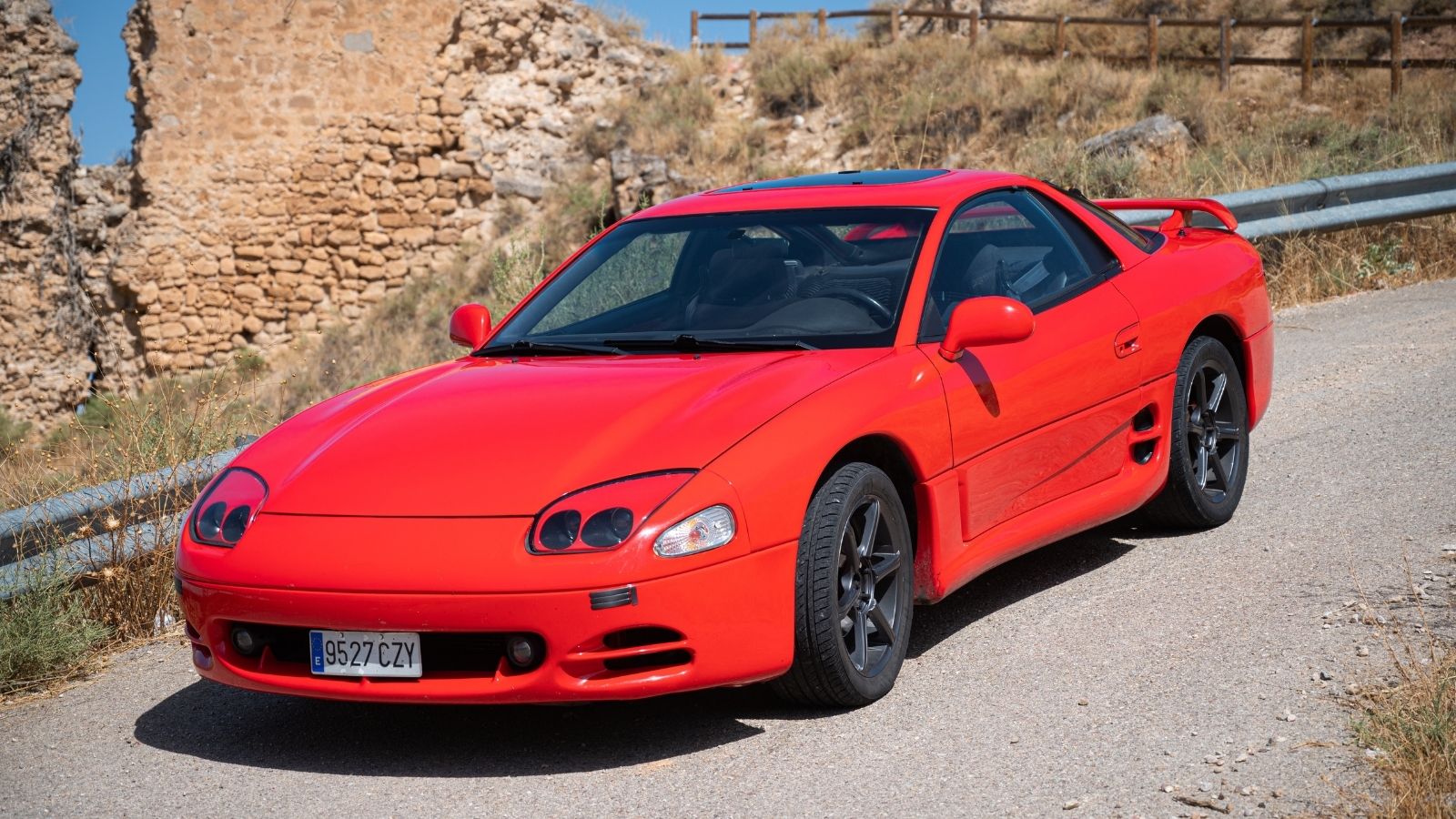
Mitsubishi hyped its twin-turbocharged 3.0L V6, all-wheel drive, and four-wheel steering as Ferrari-level tech at a bargain price. While advanced, the car was heavy (3,800+ lbs), making it less agile than competitors like the Toyota Supra or Nissan 300ZX Twin Turbo. The Active Aero system (adjustable front and rear spoilers) and Active Exhaust were gimmicks, adding complexity without actual performance gains. By the late ‘90s, these features disappeared due to cost-cutting, exposing the VR-4 as over-engineered but underwhelming.
Chrysler TC by Maserati (1989-1991)
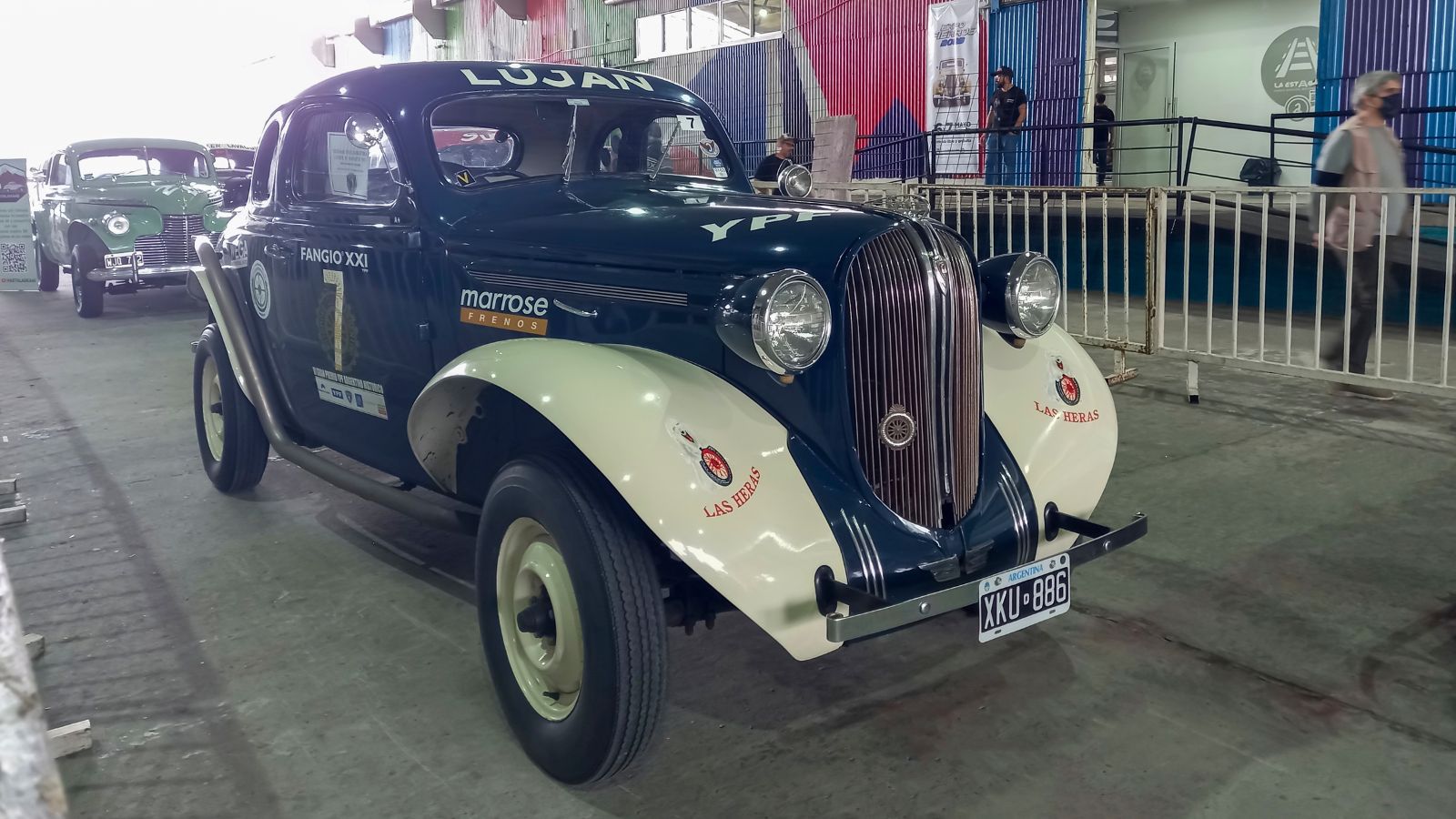
Chrysler hyped this as a luxurious, high-performance collaboration with Maserati. But the base engine? A 2.2L turbocharged four-cylinder from Chrysler, with a Mitsubishi 3.0L V6 later replacing it, hardly Ferrari territory. The sole saving grace was the rare 2.2L Maserati-headed turbo engine with a Getrag 5-speed manual, but few were sold. At $33,000 ($80,000+ today), it flopped against the Mercedes SL and Cadillac Allanté. Chrysler built 7,300 units before pulling the plug, proving that slapping an Italian badge on a mediocre American coupe doesn’t make it a Maserati.
Lincoln Blackwood (2002)
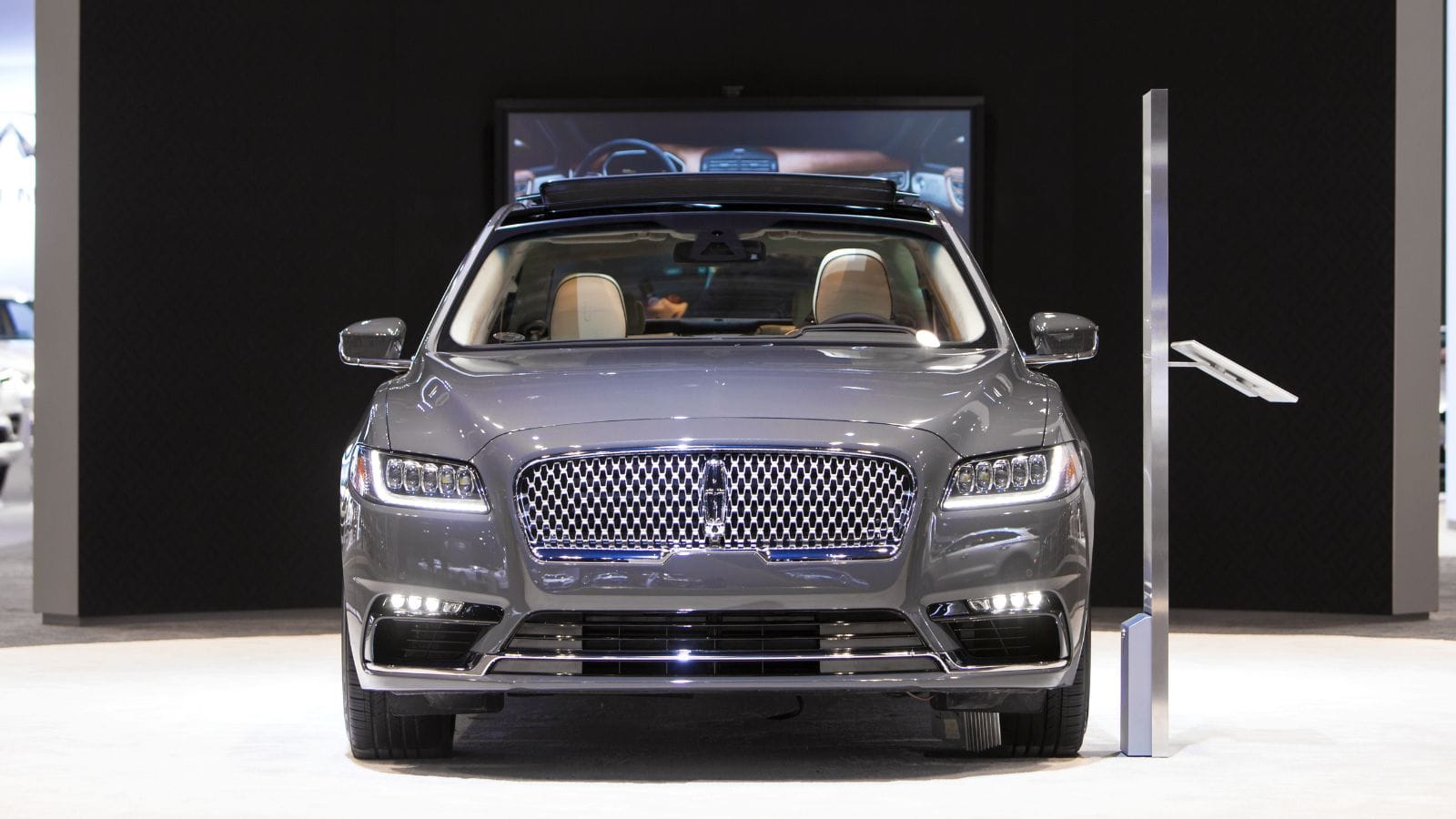
Lincoln tried to convince the world it needed a luxury pickup truck with a carpeted bed. The problems? despite being a truck, it lacked four-wheel drive, had a non-functional tailgate, and its weather-sealed, carpeted bed (a “trunk” with aluminum ribs) made it useless for actual hauling. It was marketed as a workhorse for the wealthy but was just a Lincoln Navigator with a bed. At $52,500 ($90,000 today), buyers balked, especially when Cadillac’s Escalade EXT (2002) offered real utility. Lincoln assumed Americans wanted a luxury truck but forgot one thing: truck buyers want functionality first.
Smart Fortwo (1998-Present)
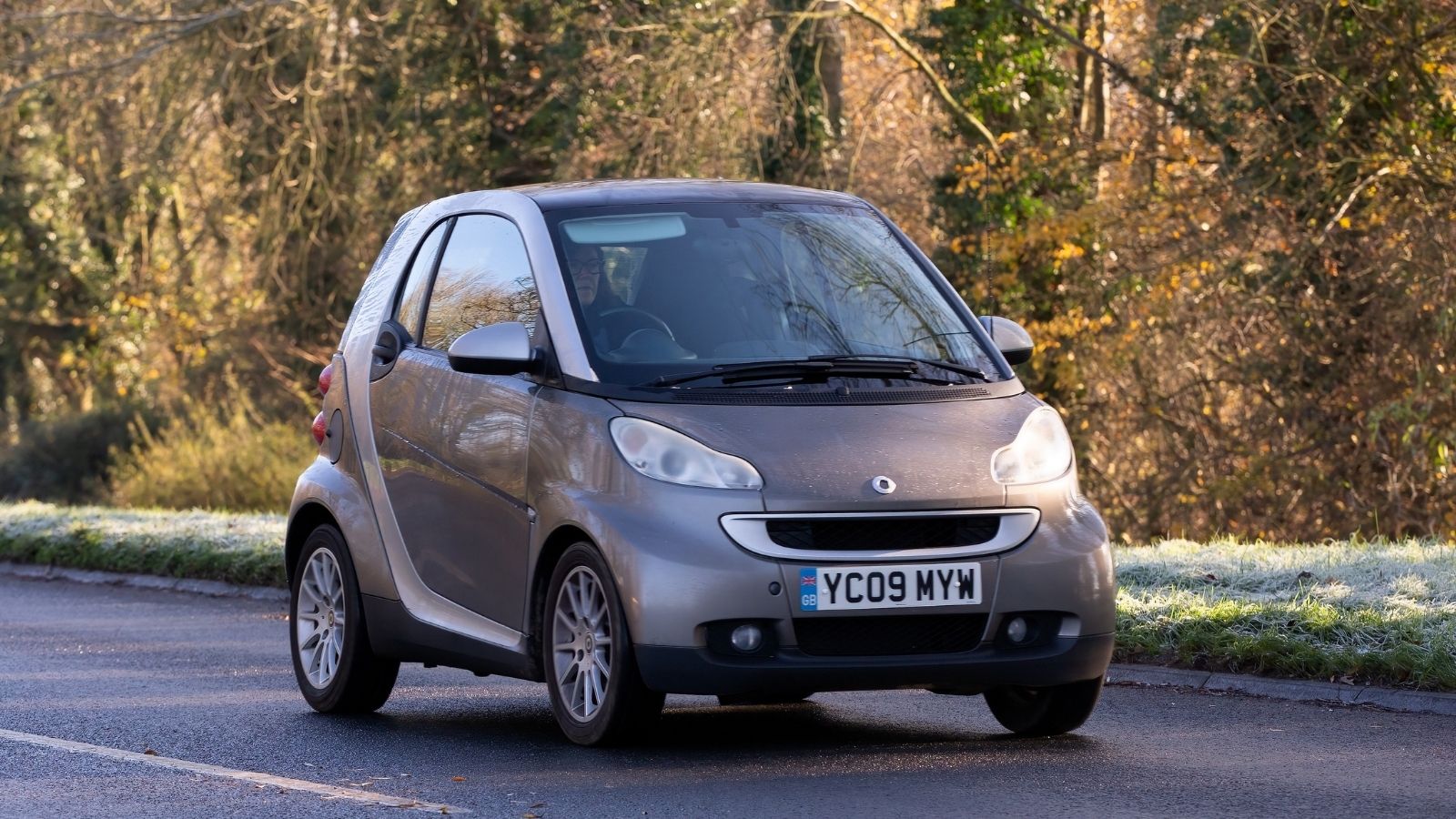
The Smart Fortwo is a small car that makes a shopping cart look like an SUV. Since its 1998 debut, Daimler marketed it as the ultimate urban runabout: fuel-efficient, easy to park, and oh-so-smart. But was it? For starters, its fuel economy wasn’t groundbreaking. Many compact cars did better without forcing drivers to endure its bouncy, crash-prone ride. Then there’s the dreaded automated manual transmission, which made gear changes feel like a robot having a seizure. Plus, safety? It aced crash tests… but physics still hates small cars. Ultimately, Daimler sold it as smart, but buyers wised up, hence its 2019 U.S. departure.
Ford Edsel (1958-1960)
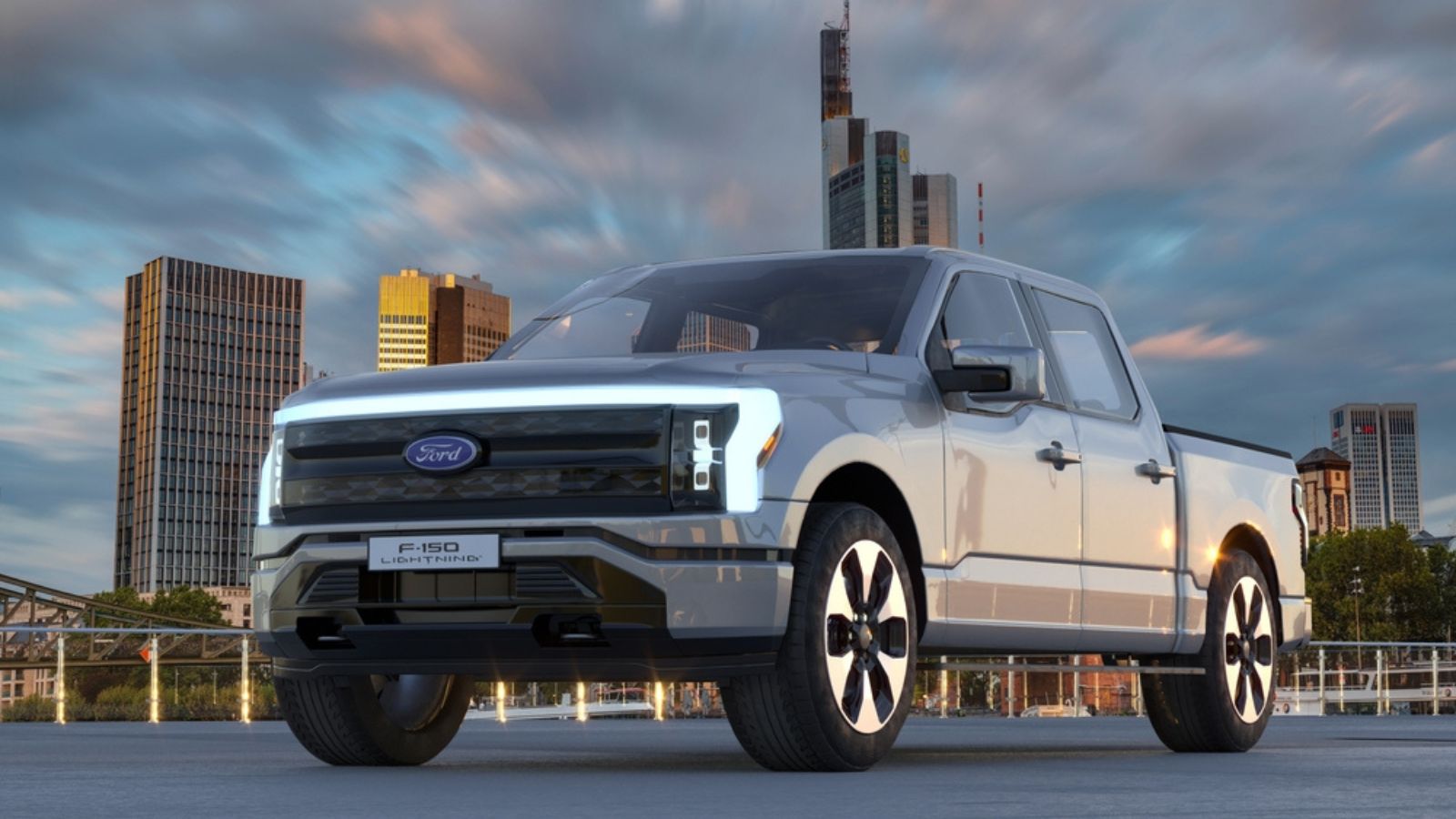
The Edsel was supposed to revolutionize the car industry with futuristic styling and features. Instead, the Edsel arrived with a bizarre toilet-seat grille, an overcomplicated Teletouch transmission (which put the gear buttons on the steering wheel hub—brilliant), and a price tag that didn’t justify its oddities. Worse, it launched during a recession, when buyers wanted practical cars, not expensive spaceship rejects. To top it off, Ford misjudged demand, shipping Edsels to dealerships that couldn’t sell them. By 1960, Ford pulled the plug, losing nearly $350 million (about $3.5 billion today).
Suzuki X-90 (1995-1997)
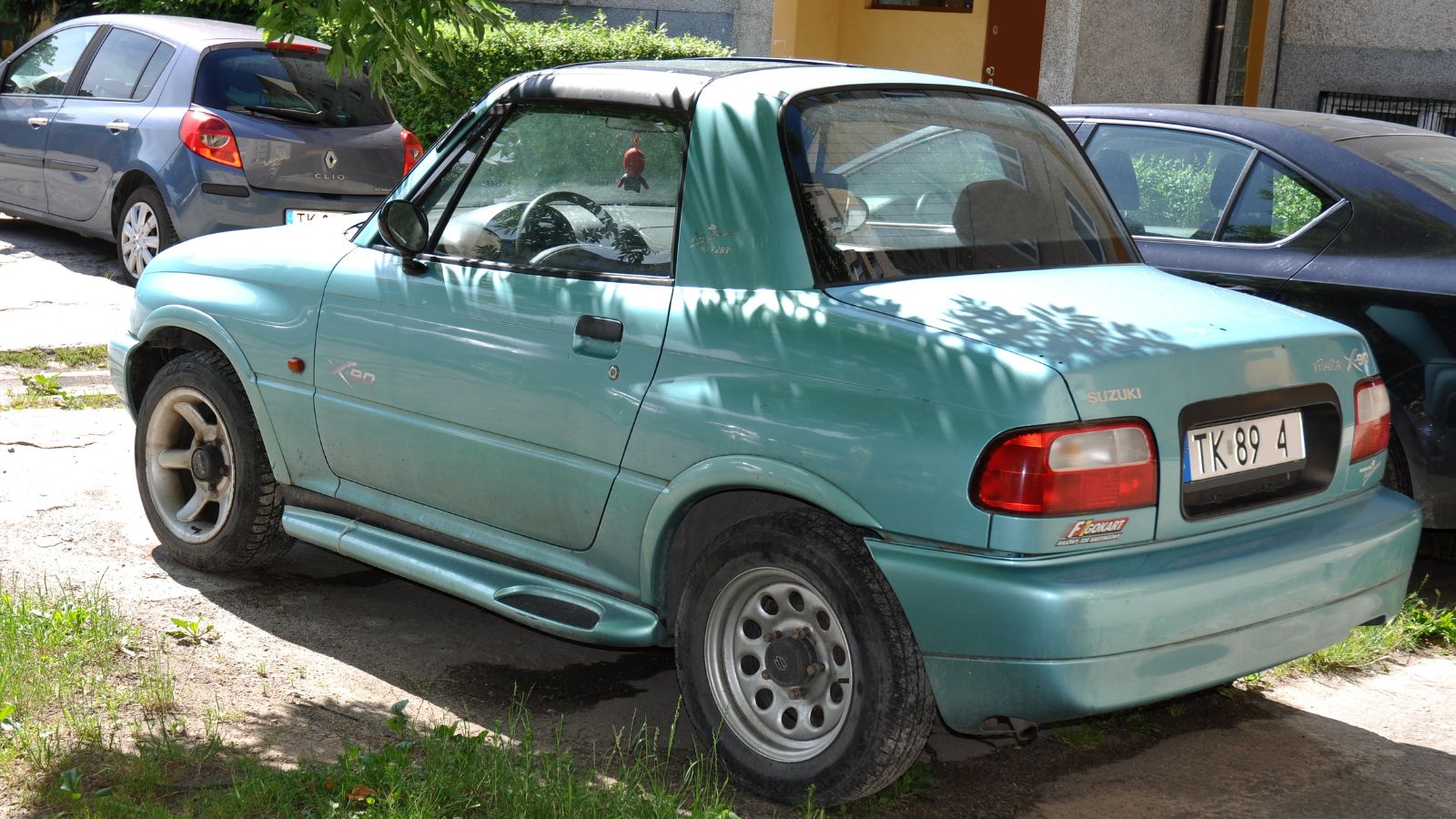
The Suzuki X-90 (1995-1997) was marketed as a fun, sporty SUV, but it was neither. Despite a 1.6L 95-hp engine, its 0-60 mph time was eventual, and while available 4WD gave it some credibility, ground clearance was laughable. Marketing painted it as a youthful, adventurous ride, yet it mostly ended up as a Red Bull promo car. With just 7,205 units sold in the U.S., the X-90 flopped spectacularly. Today, it’s a quirky collector’s item, but back then? It was a marketing mirage.
Chevrolet SSR (2003-2006)
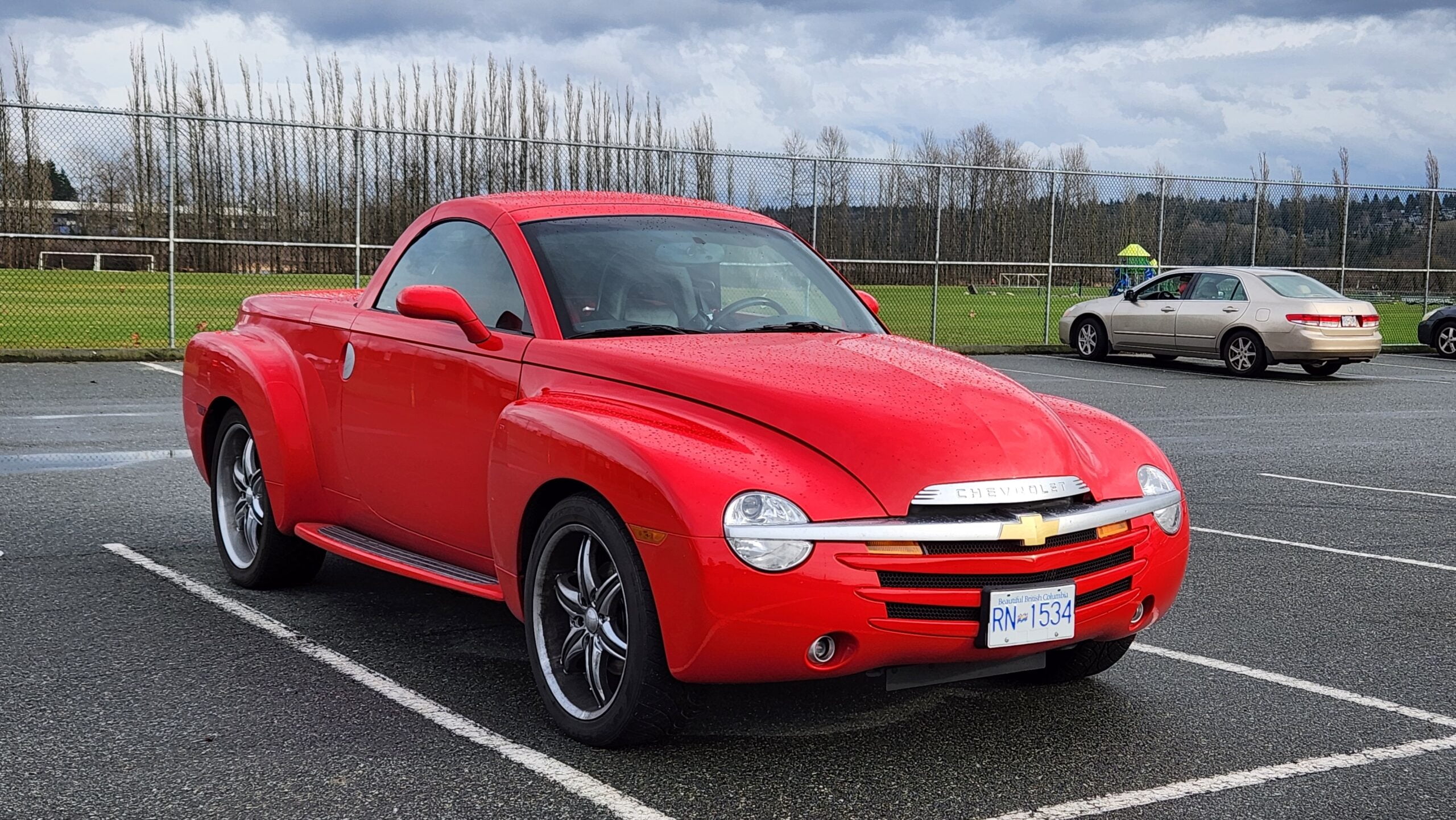
The SSR was marketed as a blend of a muscle car and a pickup truck with retro flair. GM hyped the SSR as a performance machine, but at 4,700 lbs, it was more “cruise ship” than “sports car.” The retractable hardtop was cool, but the tiny bed made it useless as a truck. Originally priced at nearly $42K ($60K adjusted for inflation), it flopped hard. Chevy barely sold 24,000 in four years. Today, it’s a weird relic of early-2000s marketing delusion, proving that style without substance only sells for so long.
Nissan Juke (2010-2019)
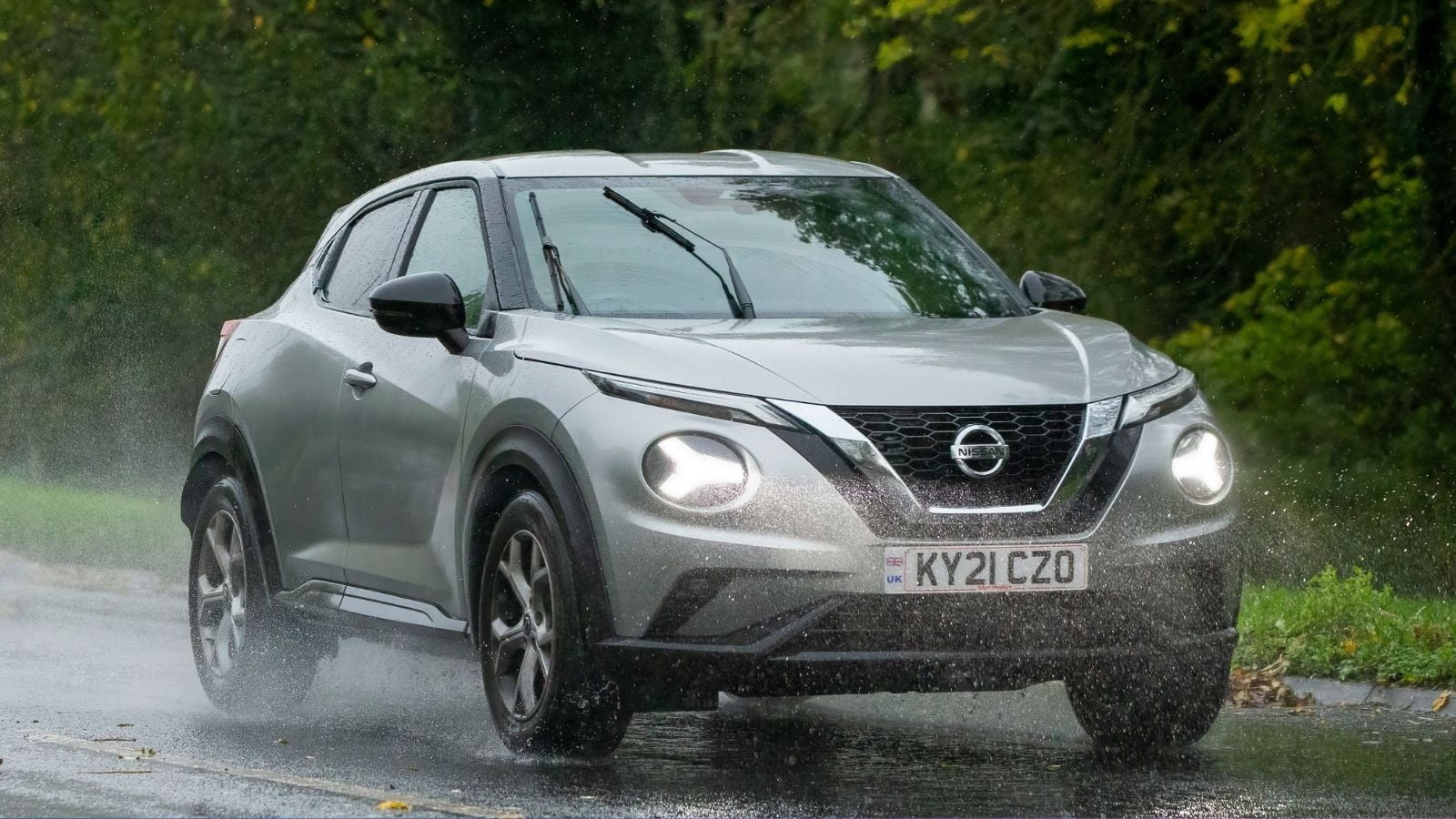
Marketed as a “sporty crossover,” it boasted aggressive looks yet handled like a confused hatchback on stilts. Nissan hyped its turbocharged engine, but the base 1.6L felt like it ran on hopes and dreams. The interior? It’s a mix of futuristic and Fisher-Price, with a center console supposedly inspired by a motorcycle tank (because that’s what every car needs, right?). Further, practicality? Ha! The rear seats and boot space were more of an afterthought, forcing owners to choose between passengers or luggage.
Dodge Dart (2013-2016)
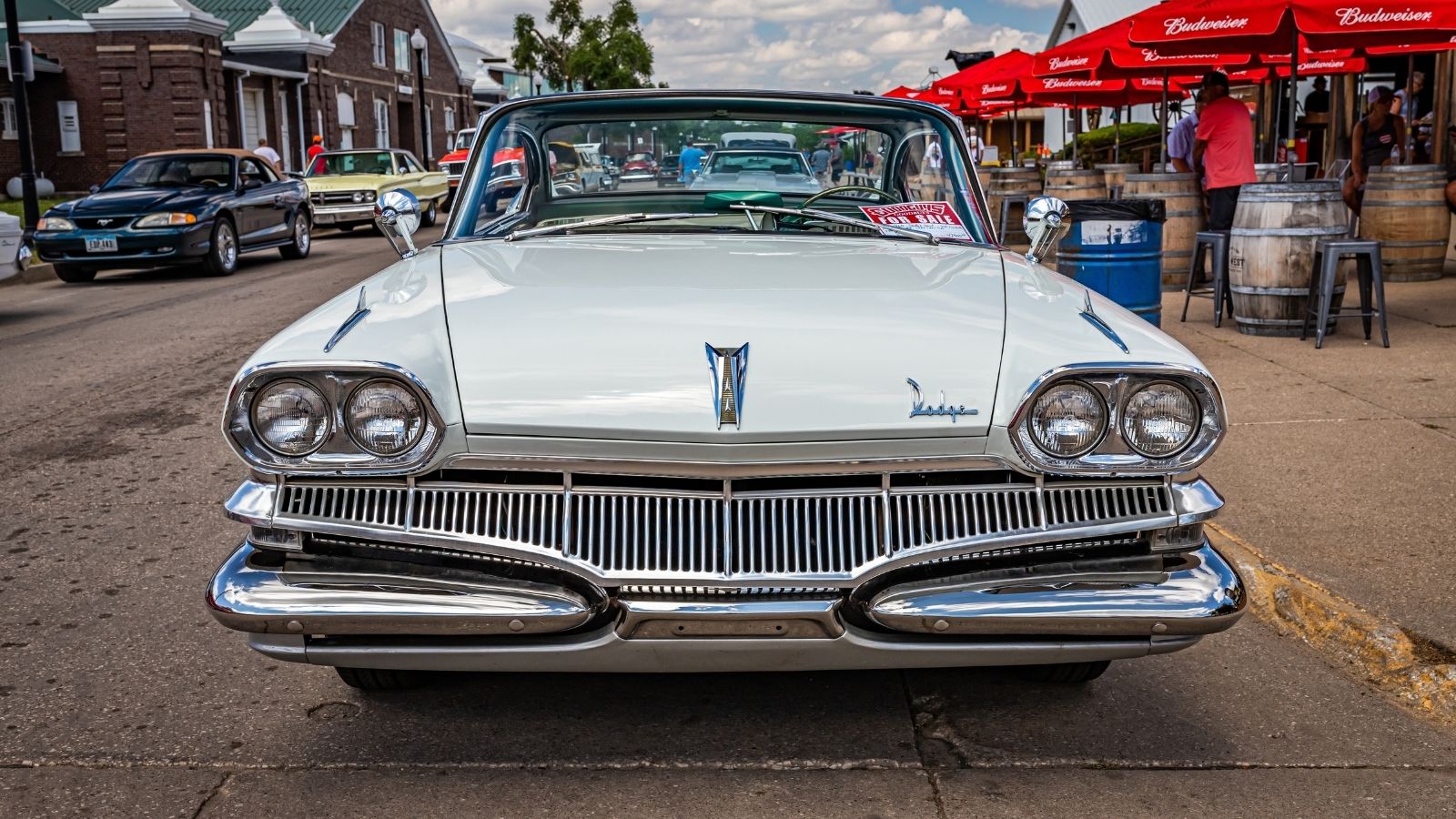
The 2013-2016 Dodge Dart was Chrysler’s bold attempt to convince America that it could build a cool, high-quality compact car. Spoiler: It couldn’t. The Dart was supposed to challenge the Civic and Corolla but instead earned a reputation for poor reliability, sluggish sales, and a discontinuation by 2016. Dodge even tried to save it with the 2.4L “GT” trim—GT standing for “Generally Terrible.” By the end, FCA quietly shoved the Dart into a dark corner of history, right next to the Plymouth Prowler.
Jeep Compass (First Generation, 2007-2016)
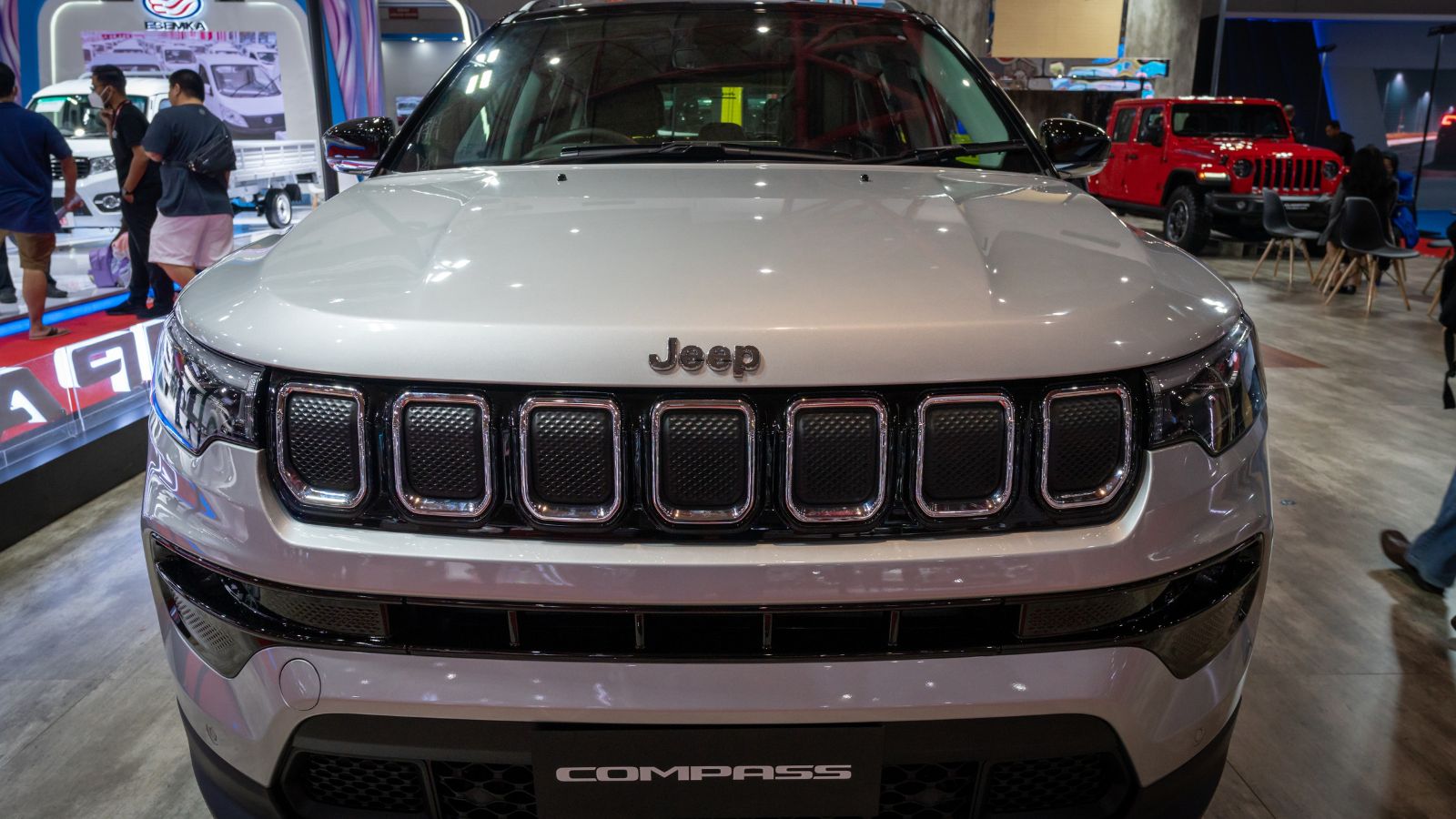
The first-gen Jeep Compass (2007-2016) was Jeep’s attempt to lure sedan lovers into the SUV world, but let’s be honest—it was more of a plastic-clad hatchback on stilts than a rugged off-roader. The interior was harder than a frozen steak, and the CVT made acceleration feel like a mild suggestion rather than a command. Off-road? It could barely climb a steep driveway. Yet, Jeep slapped its legendary badge on it, convincing buyers they were getting a Wrangler. Ironically, it sold well, proving that marketing can sell anything, even a fake Jeep.
Volkswagen Phaeton (2002-2016)
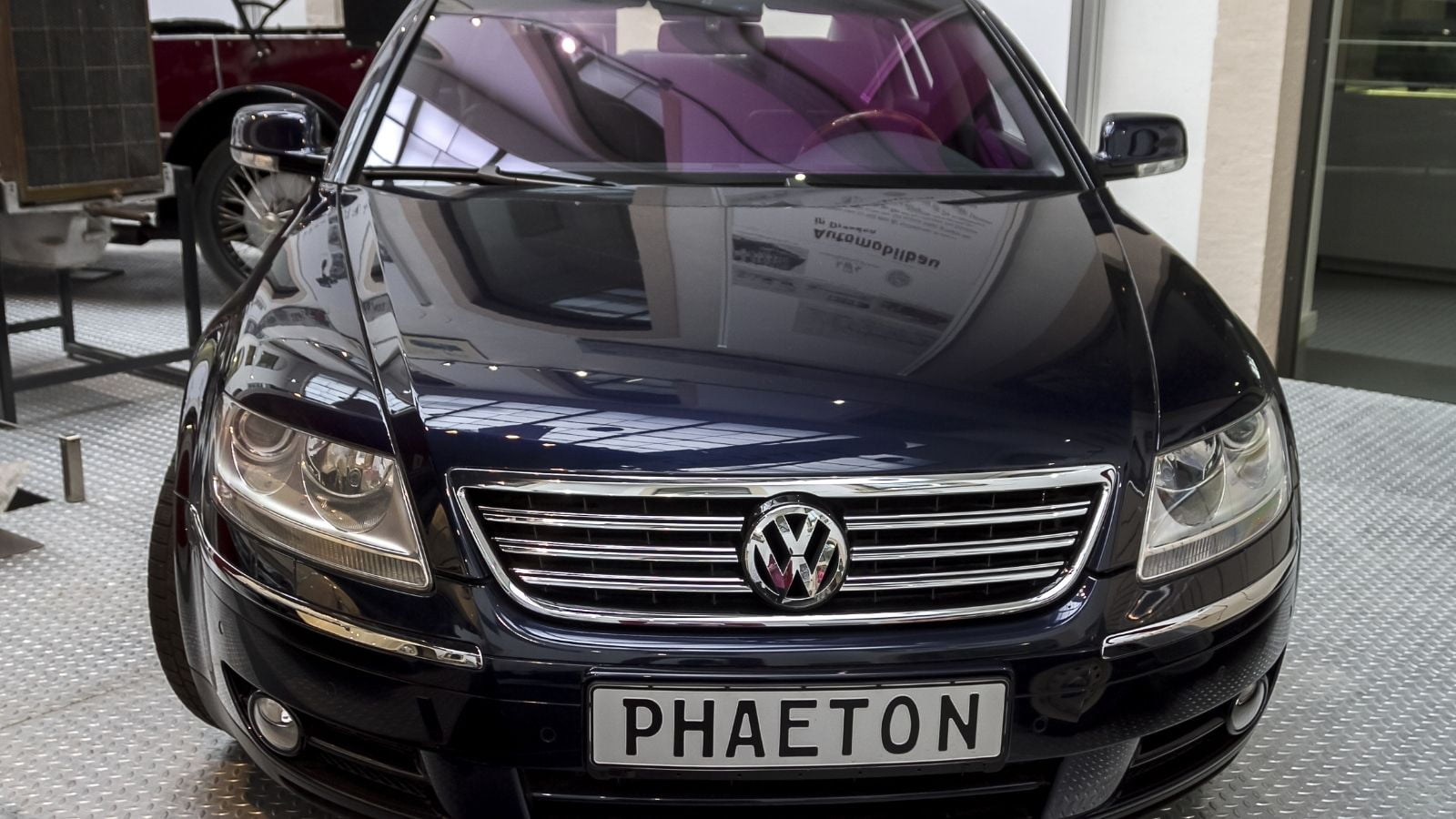
VW tried to convince the world that it could sell a high-end luxury car under the same badge as the Beetle. Ferdinand Piëch, VW’s all-powerful boss, wanted a car that could cruise at 186 mph all day in 122°F heat—so they built a Bentley-grade luxury sedan… and slapped a VW badge on it. Genius? Not quite. Priced like a Mercedes S-Class but sold by the same people who peddled Golfs, the Phaeton flopped harder than a fish out of water. Despite its insane engineering (air suspension, W12 engine, a humidity-controlled cabin), customers simply weren’t willing to pay six figures for a Volkswagen. Who would?
Saturn Ion (2003-2007)
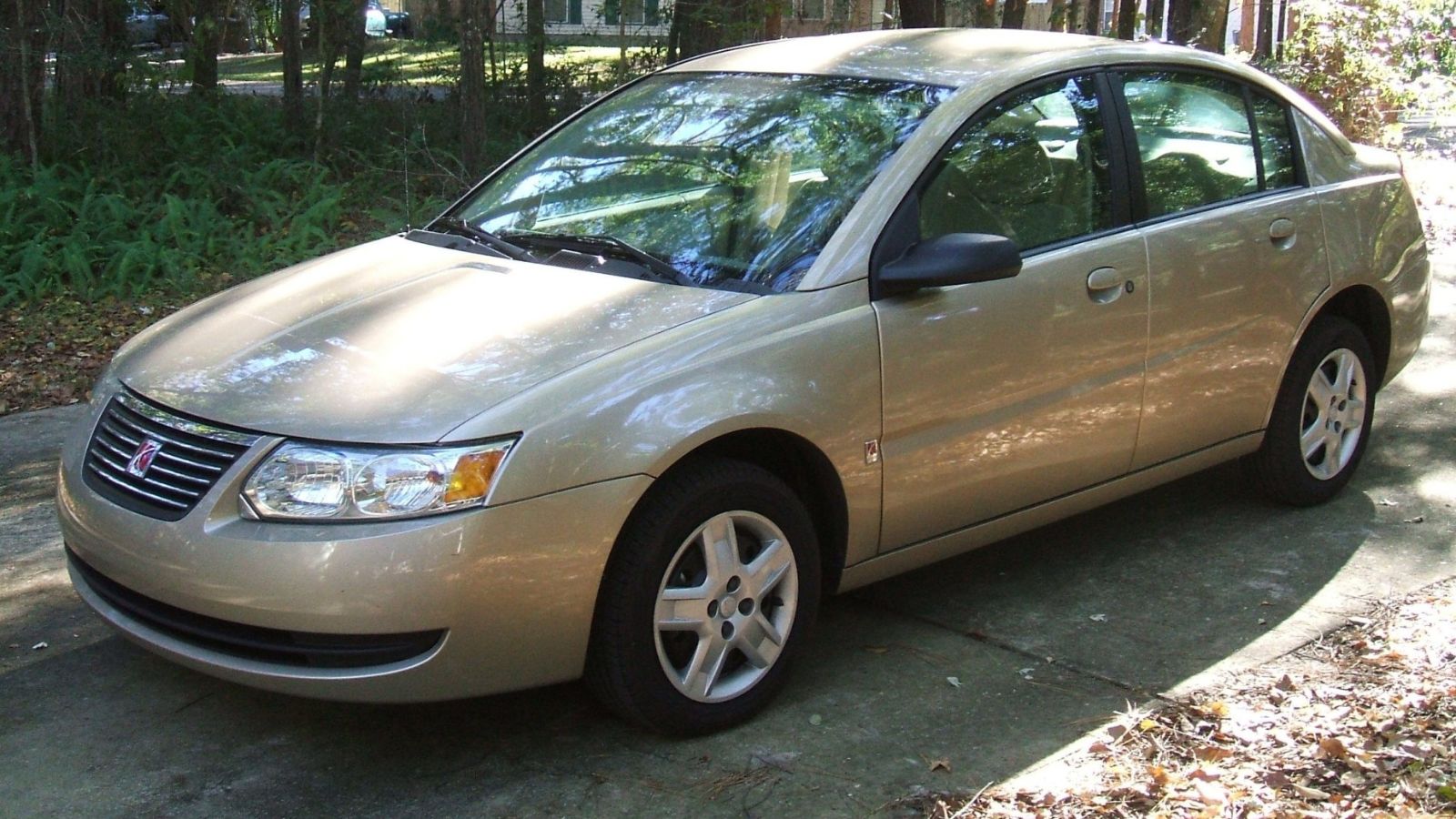
The Saturn Ion (2003-2007) was GM’s attempt to convince people that plastic body panels and weird center-mounted gauges were the future. The Ion Red Line, Saturn’s “performance” model, promised sports car thrills but mainly delivered torque steer and a constant struggle to justify its existence. Meanwhile, GM was busy letting Saturn die, making its “different kind of car company” pitch look like the corporate gaslighting it was. By 2007, the Ion had vanished and been replaced by the Astra, an actual European car, because even GM knew it had to stop lying.
Toyota Mirai (First Generation, 2014-2020)
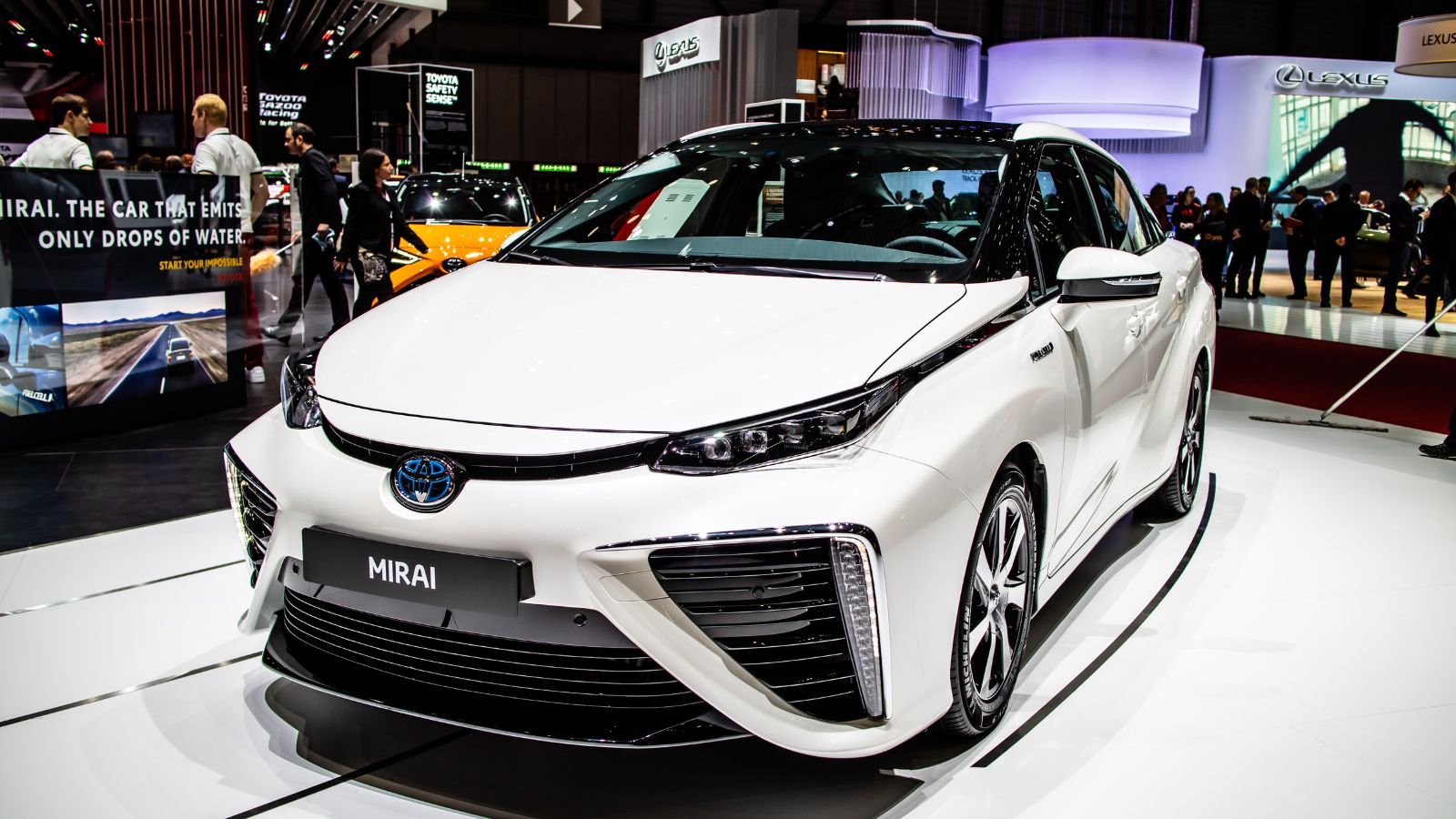
The first-gen Toyota Mirai (2014-2020) was marketed as the “car of the future,” but it was more like a very expensive science project with a hydrogen addiction. Toyota promised zero emissions, quick refueling, and a long-range—but forgot to mention the nonexistent hydrogen infrastructure, the $58,500 price tag, and the tiny trunk (thanks, hydrogen tanks!). Toyota also boasted “water emissions,” but who wants their car to pee in the driveway? While hydrogen could be the future, the Mirai was a costly way to prove we’re not there yet. Nice try, Toyota
BMW i8 (2014-2020)
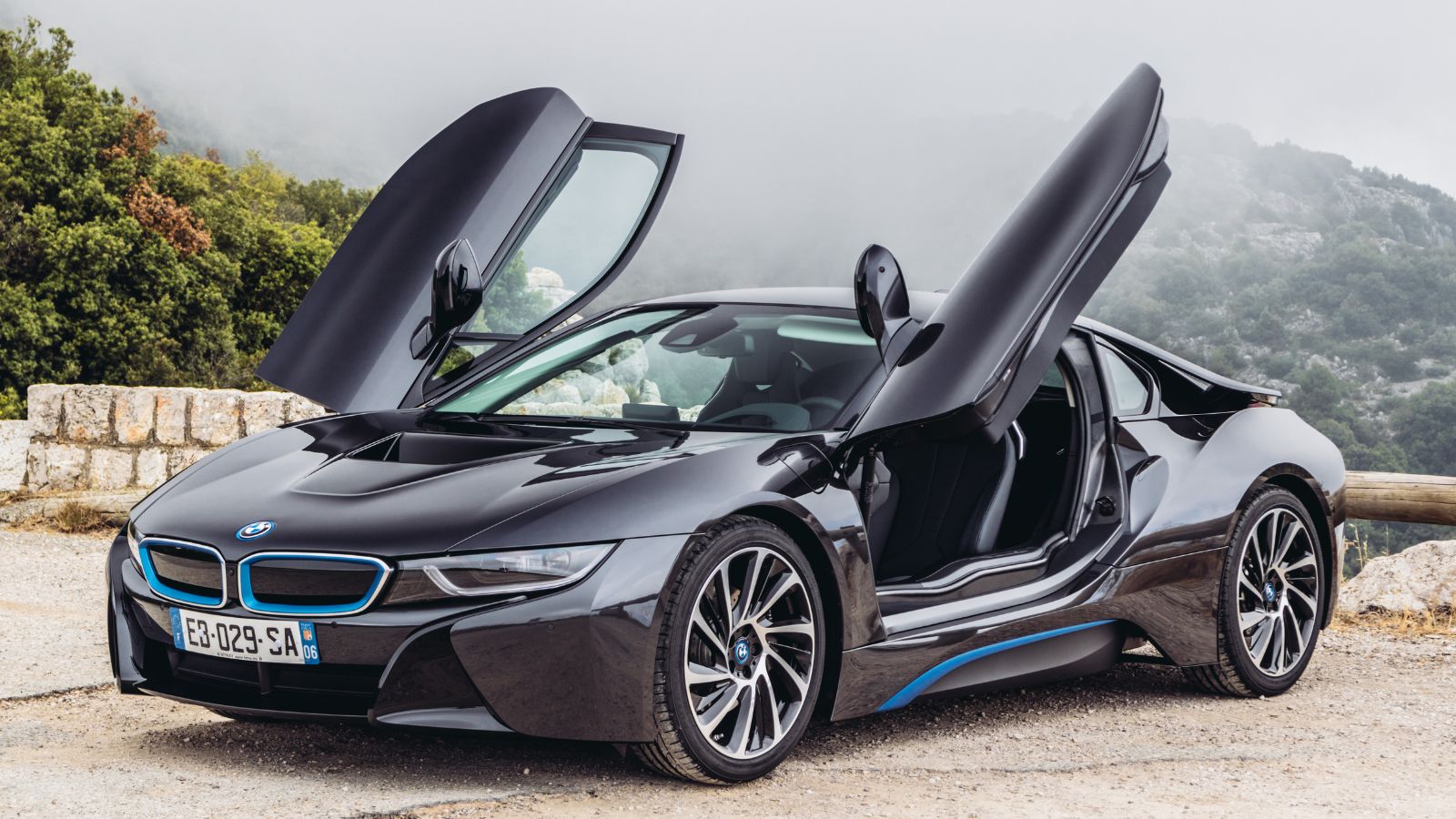
The BMW i8 looked like a spaceship and promised electrified performance. Despite its $150,000+ price tag, it had only 369 hp, which was laughable next to actual supercars. The 18-mile electric range? About enough to get you to the grocery store (if you didn’t floor it). And that fake engine noise pumped through the speakers? Pure deception. BMW called it “the future of sports cars,” yet quietly killed it in 2020 with no confirmed successor. Turns out, buyers prefer real power over marketing fairy tales. The i8 looked fast and sounded fast (digitally), but it never really was.
Ford Thunderbird (2002-2005)
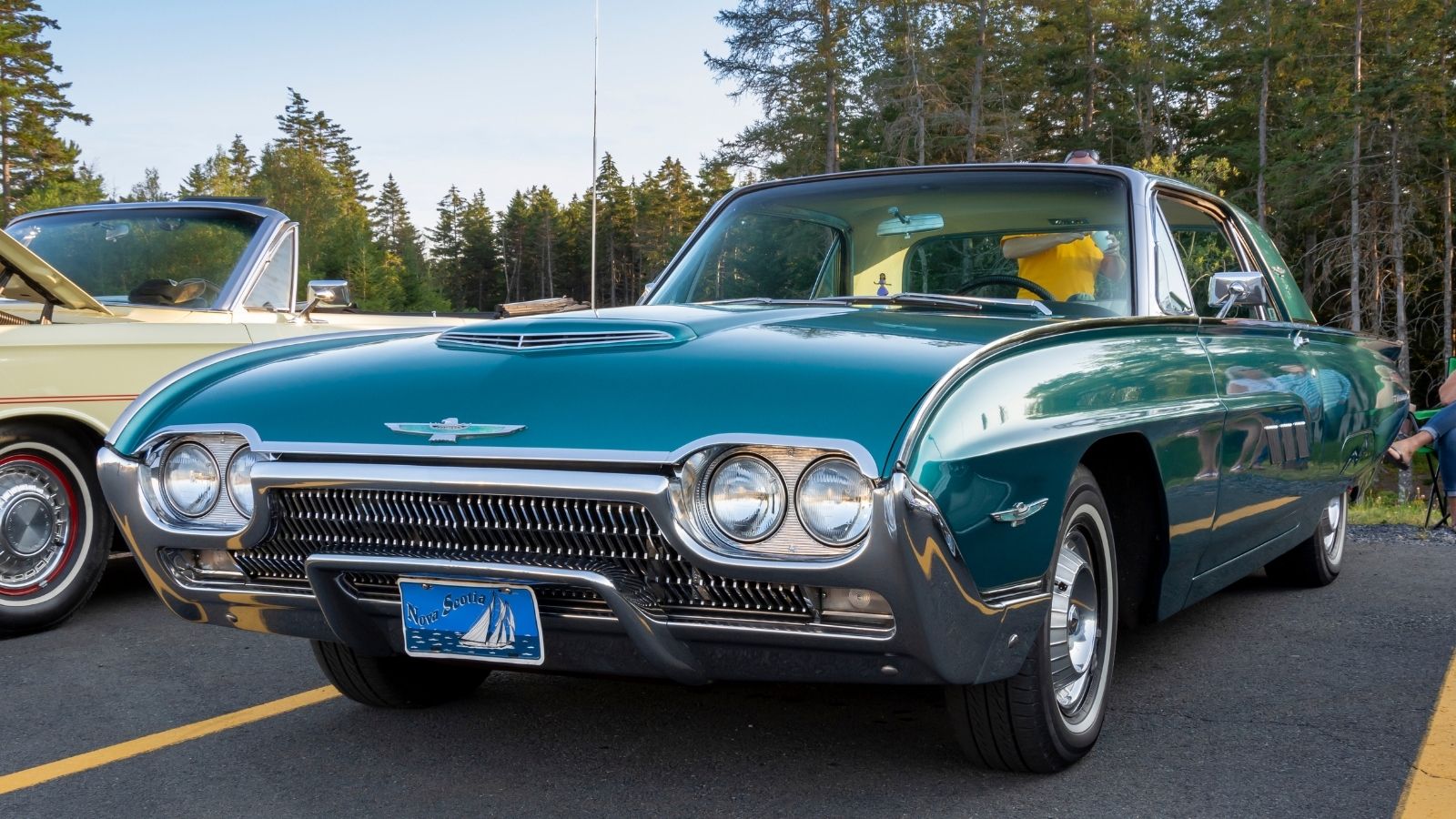
Ford hyped its exclusivity, but by 2005, dealers were practically giving them away. The “luxury roadster” experience included cheap switchgear and a roof mechanism that loved to leak. And while it looked stunning, it handled like a yacht in a hurricane. Sales tanked after the first year, proving nostalgia alone doesn’t sell cars. Even Ford quietly admitted defeat, axing it after 2005. It’s a future classic today—but more in a “remember when Ford tricked us?” way than an “I gotta have one” way.
Aston Martin Cygnet (2011-2013)
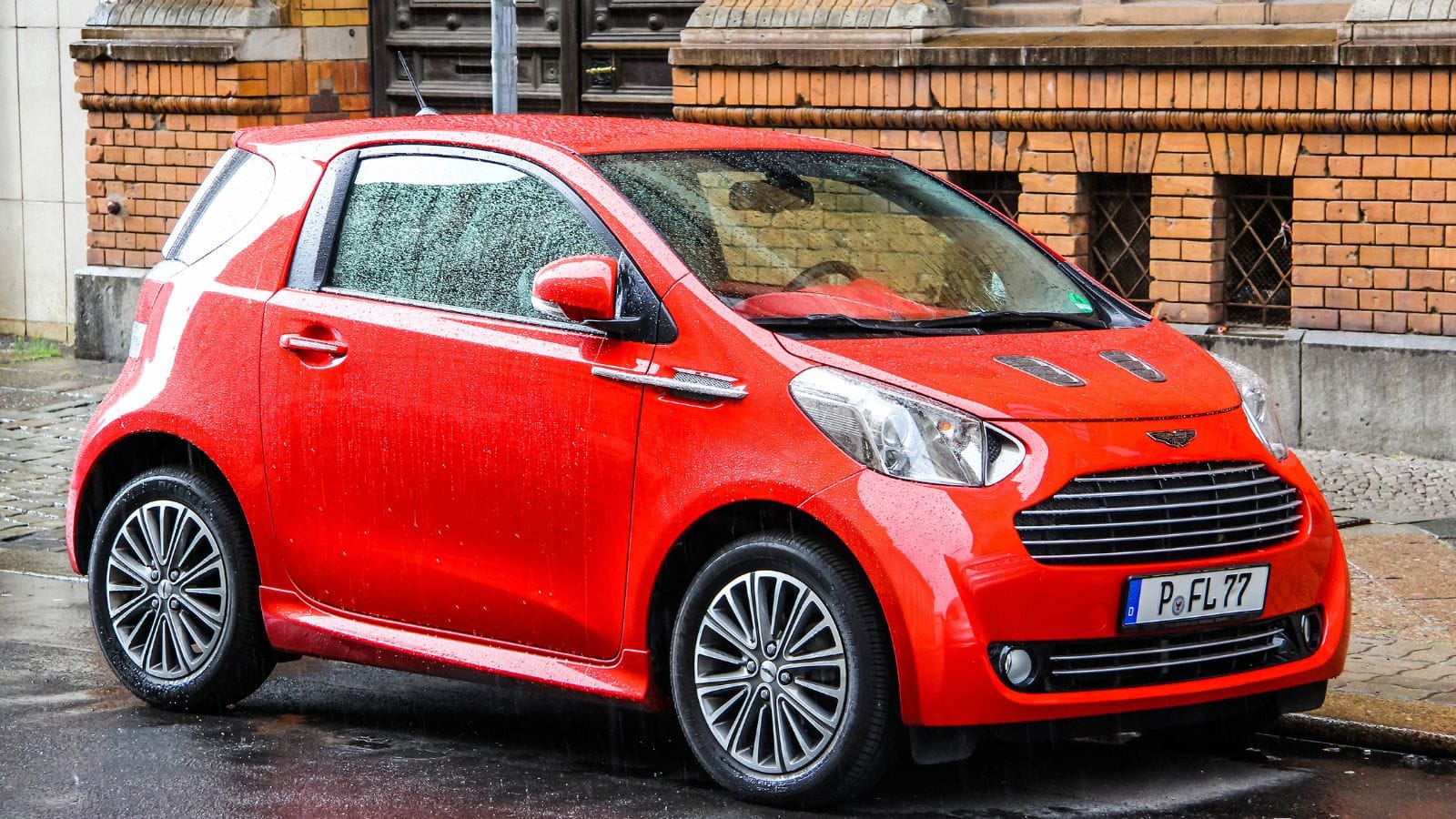
Aston Martin tried to justify selling a rebadged Toyota iQ as a high-end city car. The problem? billed as a “bespoke urban commuter car,” it was, in reality, a tarted-up Toyota iQ with an Aston Martin grille glued on. The price? A staggering £30,000+—three times the cost of the iQ. The justification? Emission regulations forced Aston to lower its fleet average CO₂, so they rebadged a city car and called it “exclusive.” The Cygnet flopped, with Aston shifting fewer than 150 units annually against its 4,000-per-year target. The lie was so blatant that even Aston’s CEO later admitted, “It was a mistake.”
25 Facts About Car Loans That Most Drivers Don’t Realize

Car loans are one of the most common ways people fund car purchases. Like any other kind of loan, car loans can have certain features that can be regarded as an advantage or a disadvantage to the borrower. Understanding all essential facts about car loans and how they work to ensure that you get the best deal for your financial situation is essential. Here are 25 shocking facts about car loans that most drivers don’t realize:
25 Facts About Car Loans That Most Drivers Don’t Realize
